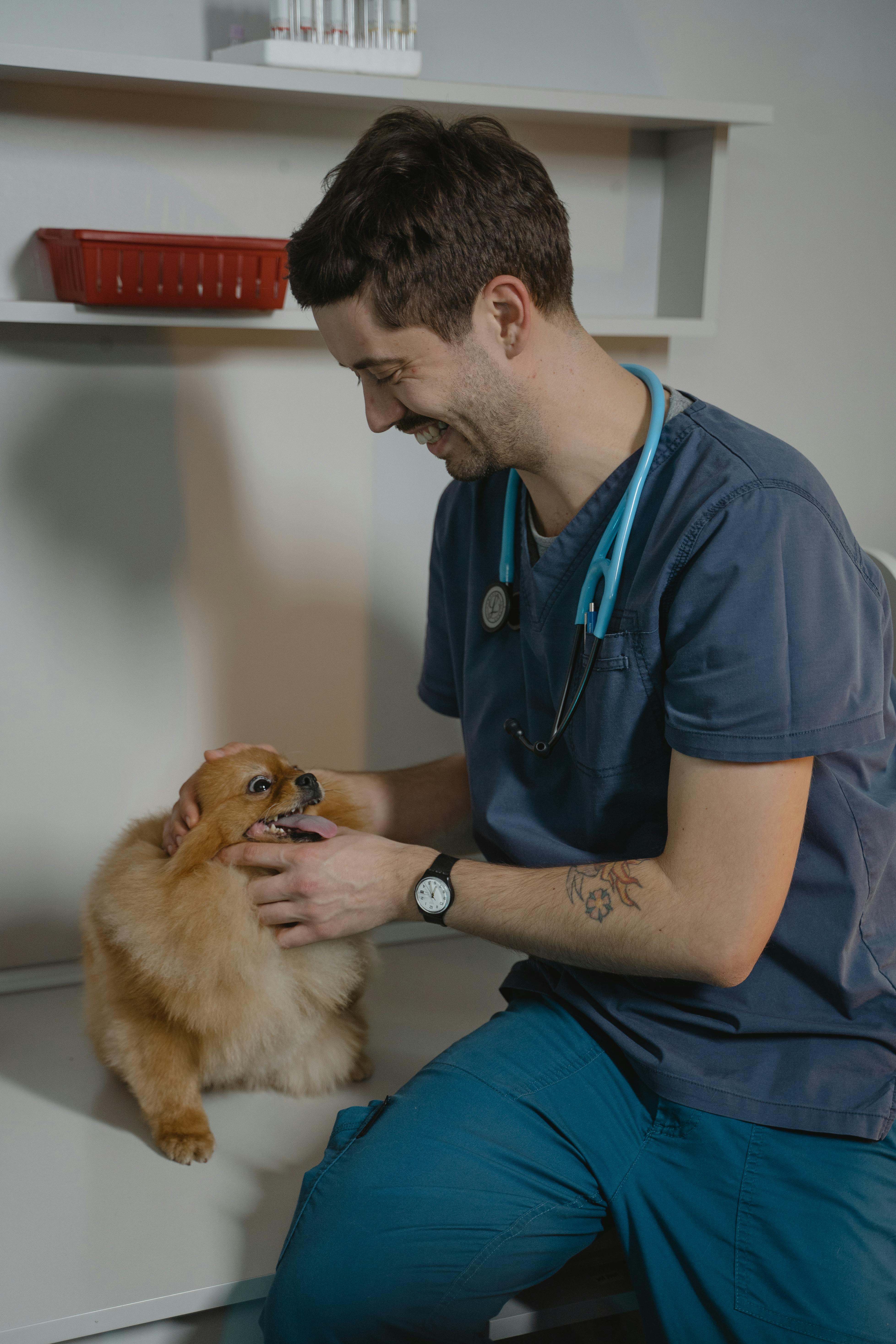Working towards a more sustainable and safe future for our pets and the environment
Explore More. Protect Better.


Harnesses & Bandanas with built-in, no nasties insect protection
Effective, hypoallergenic, eco-friendly & machine washable
Harnesses & Bandanas with built-in, no nasties insect protection
Effective, hypoallergenic, eco-friendly & machine washable
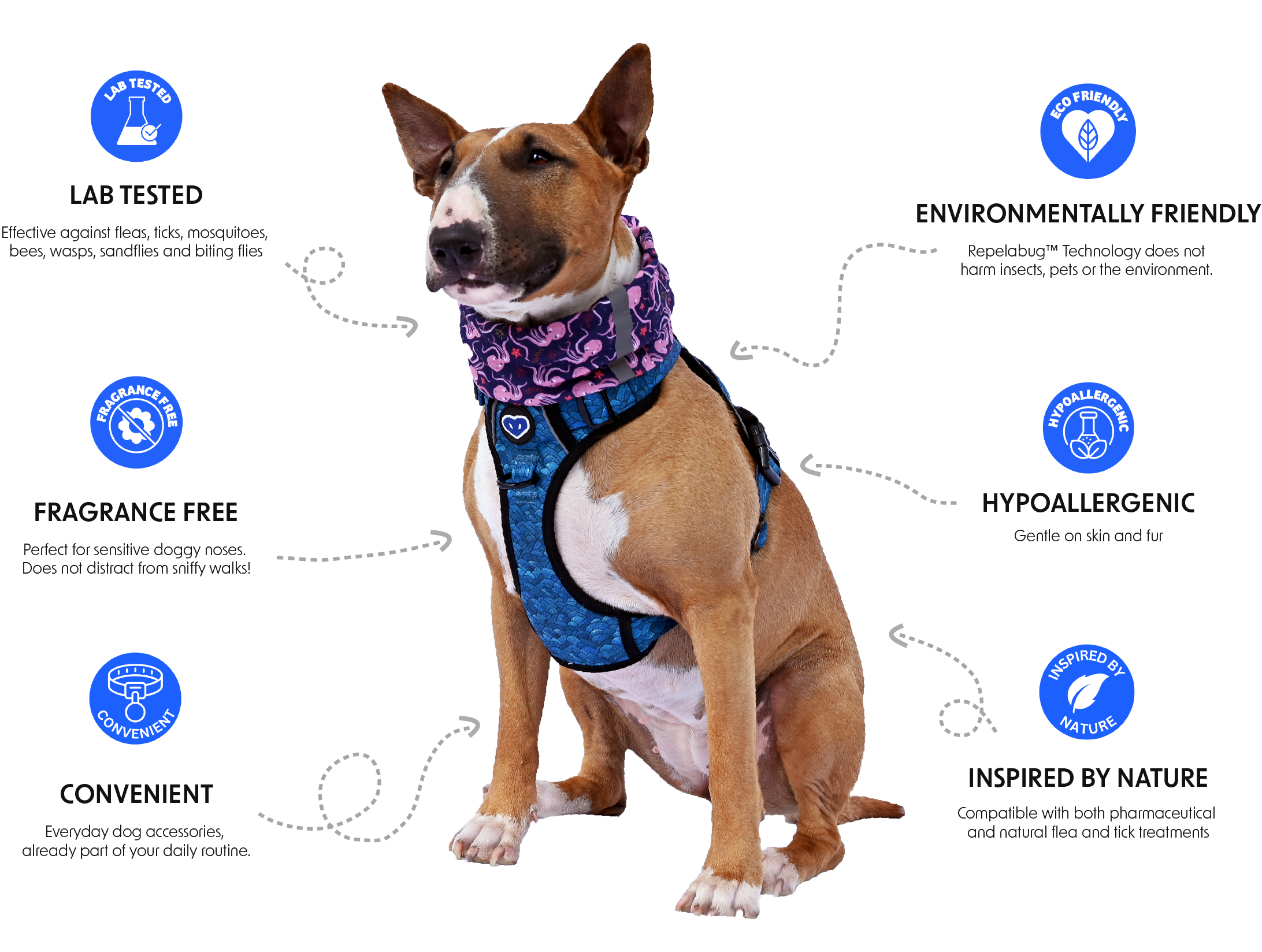
Title
LAB TESTED
Title
ECO FRIENDLY
Title
ODOURLESS
Title
CONVENIENT
Title
HYPOALLERGENIC
Title
INSPIRED BY NATURE
Repelabug™ is effective against a wide range of insects
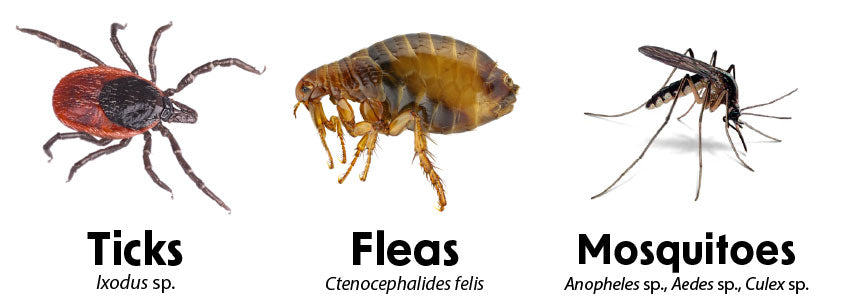
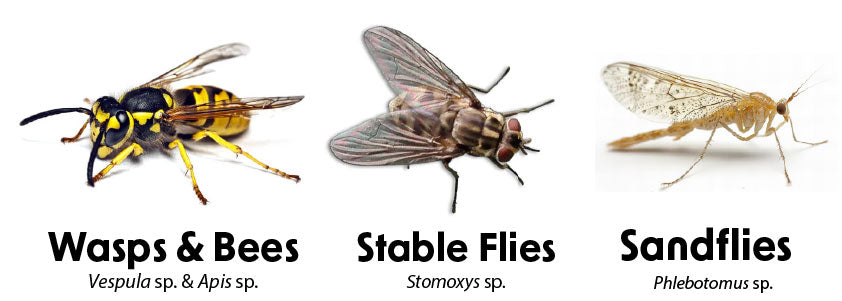
The science behind our products

Our repellent:
How does it work?
An exceptional safety profile
Who Can Benefit from Repelabug™ Technology Treated Products?
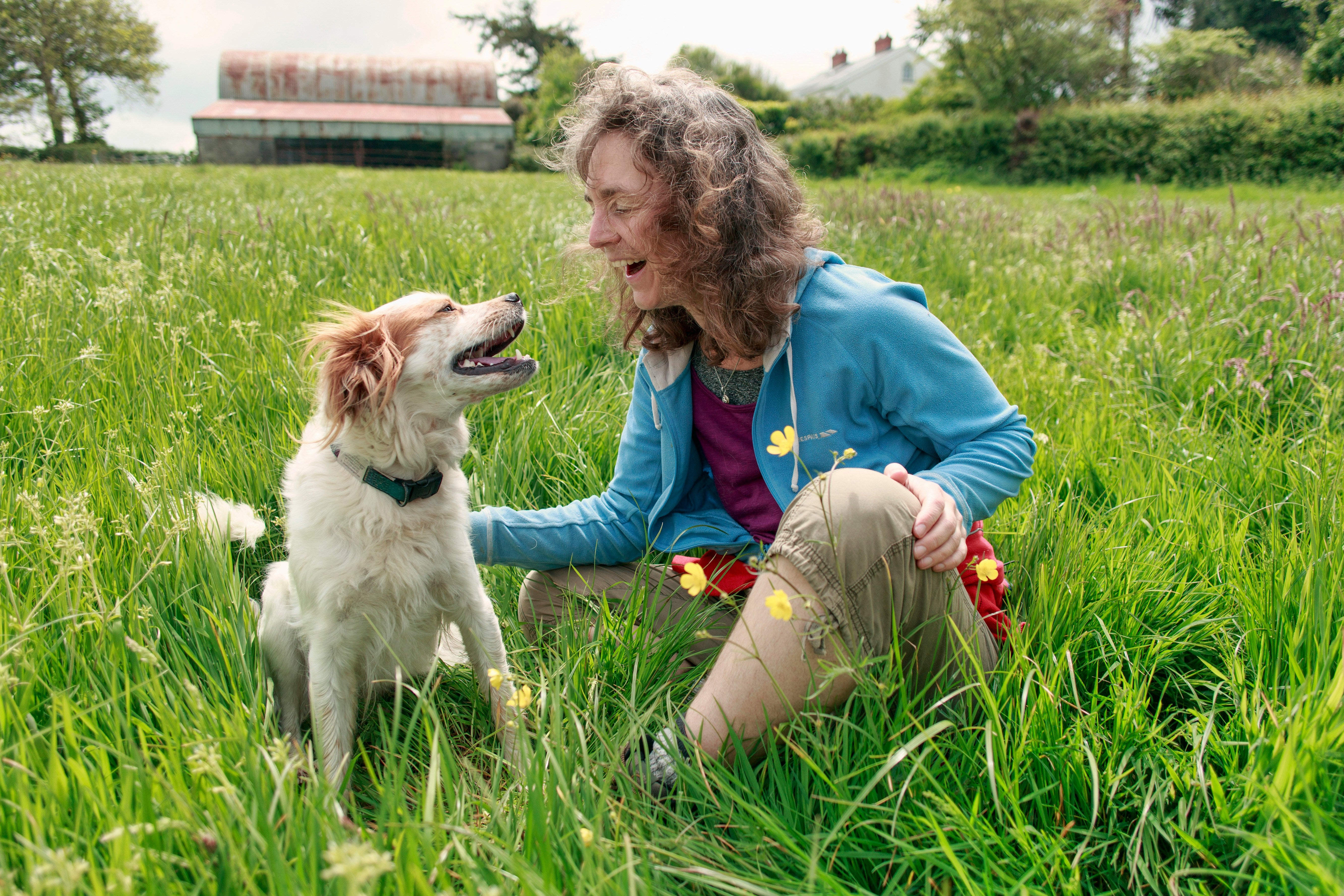


We're a whole different breed.
Title

The latest technology
Pharmaceutical Products
Title
Your Brand
Other Brands
Concerns about Pharmaceutical Flea & Tick Treatments

Adverse Effect Concerns
Repelabug Technology is inspired by nature, and is widely considered one of the safest options around.
Environmental Concerns
Repelabug Technology is eco-friendly and does not pose a risk to aquatic life, nor does it build up in the environment. It does not kill or harm insects. It simply sends a signal to stay away.
